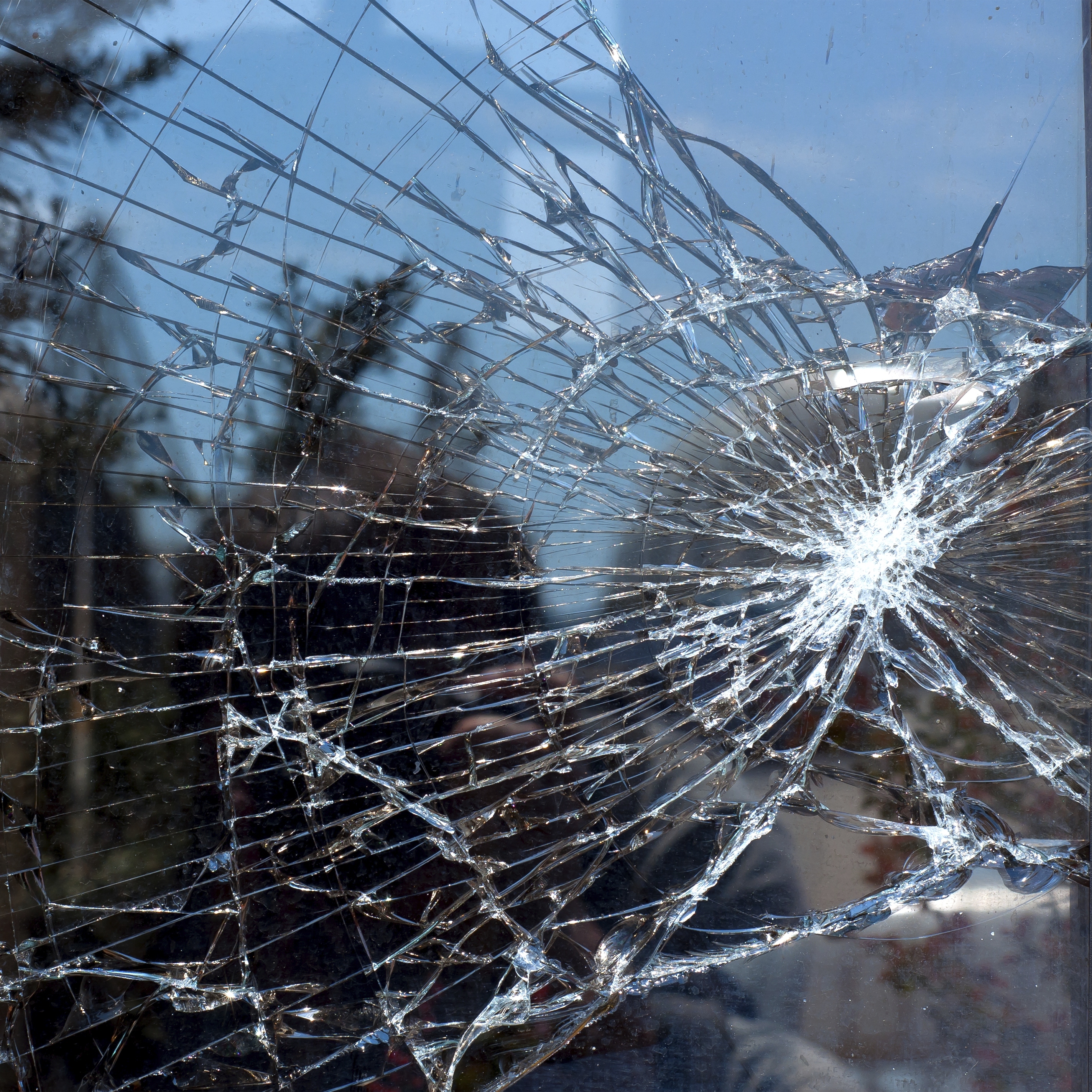Cars and Drivers
Tesla Debt Downgrade Worse Than Crash Investigation

Published:
Last Updated:

The National Transportation Safety Board (NTSB) will investigate the fatal crash of a Tesla Model X. While that was the most visible headline about Tesla Inc. (NASDAQ: TSLA) in the past few days, a downgrade of its debt by Moody’s is a greater problem.
The fatal crash, in which the driver of the Tesla was killed, involved three cars. It is not even known whether the Tesla was in self-driving mode. The accident may have totally been driver error.
The NTSB said very little about the crash in a tweet:
2 NTSB investigators conducting Field Investigation for fatal March 23, 2018, crash of a Tesla near Mountain View, CA. Unclear if automated control system was active at time of crash. Issues examined include: post-crash fire, steps to make vehicle safe for removal from scene.
— NTSB Newsroom (@NTSB_Newsroom) March 27, 2018
A fatal crash of a self-driving Uber and the decisions by Toyota and Nvidia to suspend their self-driving experiments led to more hysteria about the safety of the systems. However, industry leader Waymo said its self-driving cars are safe and that its advanced-stage experiment will continue.
Moody’s raised issues about Tesla’s ability to continue financing its operations and the structure of its debt. The credit rating agency, which already rates Tesla in the junk bond category, cut the rating yet again. The firm’s researchers wrote:
Moody’s Investors Service downgraded Tesla, Inc.’s (Tesla) Corporate Family Rating (CFR) to B3 from B2, unsecured note rating to Caa1 from B3, and Speculative Grade Liquidity rating to SGL-4 from SGL-3. The outlook is negative.
Tesla’s ratings reflect the significant shortfall in the production rate of the company’s Model 3 electric vehicle. The company also faces liquidity pressures due to its large negative free cash flow and the pending maturities of convertible bonds ($230 million in November 2018 and $920 million in March 2019). Tesla produced only 2,425 Model 3s during the fourth quarter of 2017; it is currently targeting a weekly production rate of 2,500 by the end of March, and 5,000 per week by the end of June. This compares with the company’s year-earlier production expectations of 5,000 per week by the end of 2017 and 10,000 by the end of 2018.
At its core, the comments question whether Tesla’s basic business plan is so flawed that it threatens the company’s ability to be successful at all. If it is not the worst sort of news Tesla could get, it is close.
The last few years made people forget how much banks and CD’s can pay. Meanwhile, interest rates have spiked and many can afford to pay you much more, but most are keeping yields low and hoping you won’t notice.
But there is good news. To win qualified customers, some accounts are paying almost 10x the national average! That’s an incredible way to keep your money safe and earn more at the same time. Our top pick for high yield savings accounts includes other benefits as well. You can earn up to 3.80% with a Checking & Savings Account today Sign up and get up to $300 with direct deposit. No account fees. FDIC Insured.
Click here to see how much more you could be earning on your savings today. It takes just a few minutes to open an account to make your money work for you.
Thank you for reading! Have some feedback for us?
Contact the 24/7 Wall St. editorial team.